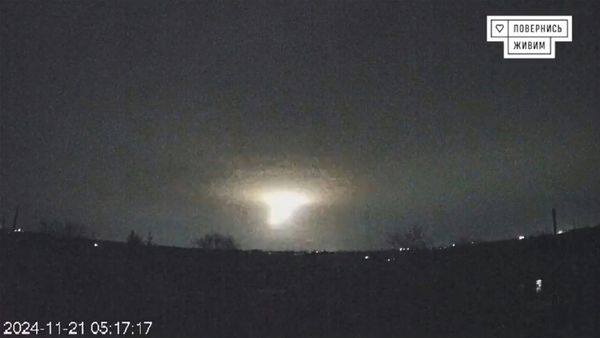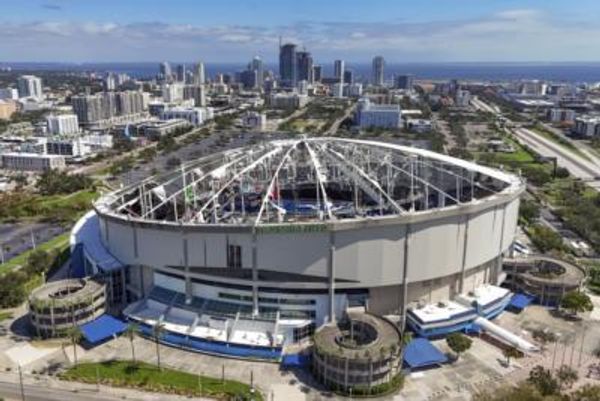
Last week Crikey asked why Australian gas prices were not reflecting the fall in world prices, especially for liquefied natural gas. This week we ask why the price of Australian coffee, which has risen sharply this year with the spike in global prices and energy costs, hasn’t reflected the 25% plunge in the past month.
World prices are based on the New York coffee futures market. Last Friday the December cash coffee futures price for Arabica beans fell 5.1% to US$169.8 cents a pound — the lowest since July 2021. The price of Robusta beans fell 1.7%.
For the week, Arabica closed down 11.05%, the steepest weekly decline in two years. That’s a fall of 24% over the past month since a peak of $US2.43 a pound. Meanwhile, Robusta hit a 14-month low, closing at $US1.849 a pound on Friday after hitting a high of $US2.39 a pound in late August.
According to commodity analysts, the big drivers are La Niña and a negative Indian Ocean Dipole (essentially cooler sea surface temperatures in the western Indian Ocean, relative to the east). This combination has given much of Australia its seemingly incessant rainfall this year — it has also meant a lot of wet weather in Brazil’s coffee-growing areas, but crucially not too much.
This wet, mild weather means no early cold fronts or hail storms or early freezes. December is another problematic time, but if this weather continues, Brazilian beans should survive winter. Will this price fall flow into our cafes?







